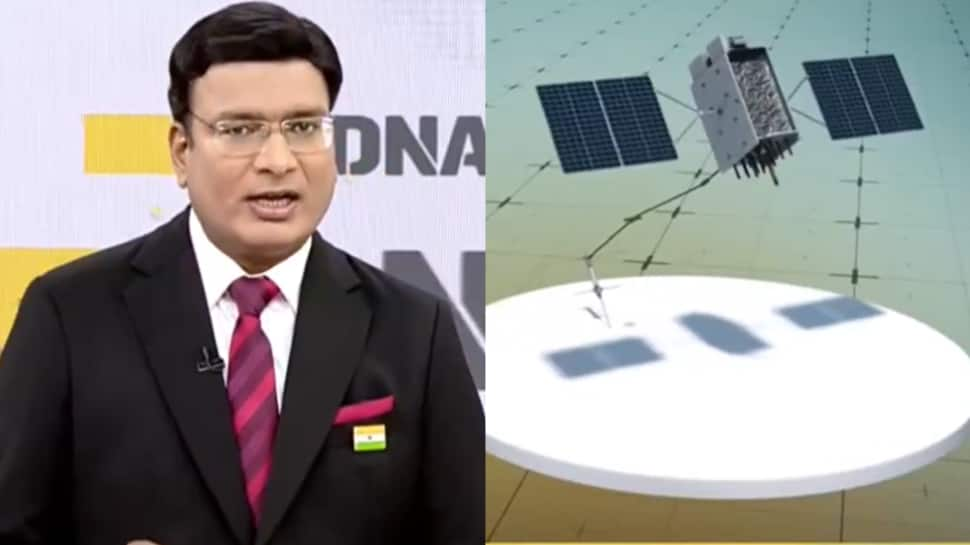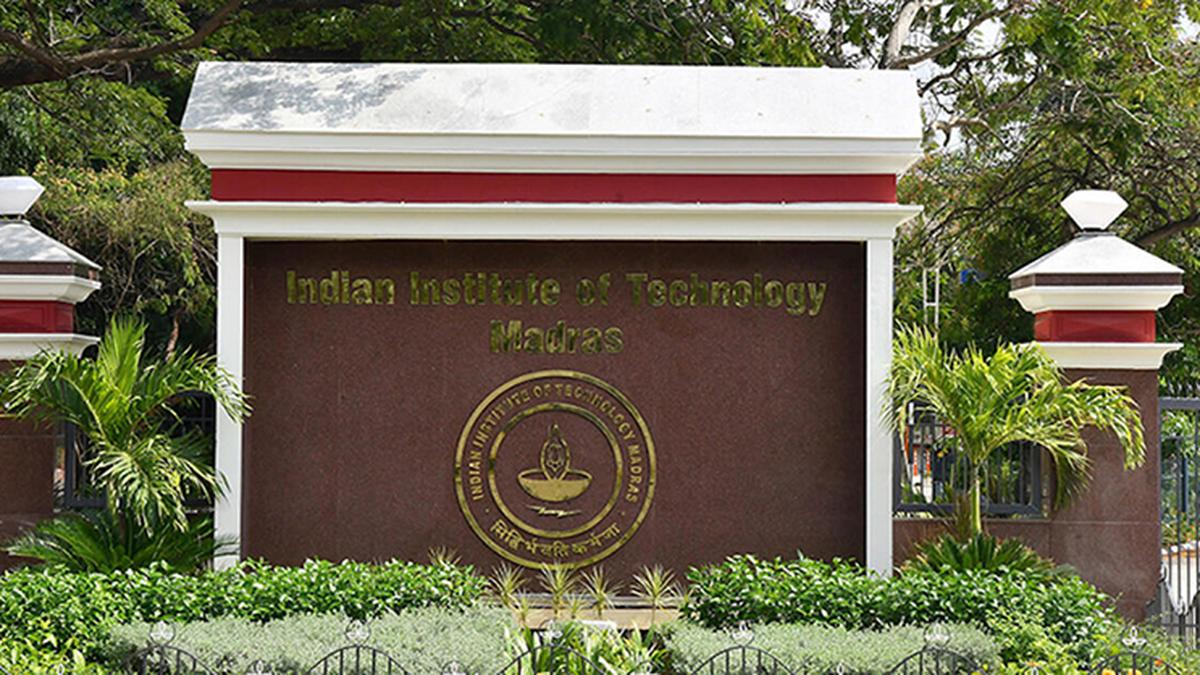India Readies 52 Military Satellites For Space Dominance – Panic Loading For Pakistan? | India News

India is preparing for a major strategic leap in space with a project that could potentially elevate the country to the ranks of global space superpowers. While the mission is yet to be launched, it is seen as a major step in enhancing India’s military space capabilities.
As part of this operation, India is gearing up to expand its satellite warfare infrastructure, strengthening its presence in space for military applications. The Indian government has planned to deploy 52 satellites dedicated to the armed forces. Of these, 21 satellites will be built by the Indian Space Research Organisation (ISRO), while the remaining 31 satellites will be developed by private companies. In today’s DNA episode, Rahul Sinha, Managing Editor of Zee News, analysed India’s plan to become a superpower in space:
Watch Full Episode Here:
#DNAWithRahulSinha | अब अंतरिक्ष में भारत का ‘ऑपरेशन सिंदूर’! भारत ने तैयार किया ‘सैटेलाइट पावर’ प्लान
ये खबर पाकिस्तान को टेंशन जरूर देगी..#DNA #Space #Satellite @RahulSinhaTV pic.twitter.com/1b3FqRlwaI
— Zee News (@ZeeNews) June 30, 2025
The ambitious project comes with a five-year timeline. The first satellite is scheduled for launch in April next year, and the deployment of all 52 satellites is expected to be completed by 2029. The total cost of the project is estimated at approximately Rs. 27,000 crore.
The effectiveness of satellite data in modern warfare was already demonstrated by India during Operation Sindoor, where Indian forces carried out pinpoint strikes on the headquarters of terror outfits Jaish-e-Mohammed (JeT) and Lashkar-e-Taiba (LeT) using intelligence gathered through human resources and satellite surveillance. The operation was so impactful that Pakistan’s Defence Minister Khawaja Asif admitted that the Pakistani Army was only able to endure the Indian offensive because of satellite data provided by China.
In an interview, Asif had acknowledged, “During Operation Sindoor, our army received satellite data from China, which helped us withstand Indian attacks. China, being a friendly nation, supported us by providing satellite-based intelligence.”
Today, satellites are no longer limited to surveillance and data collection. They now play a crucial role in guiding long-range missiles to precise targets. This is why all major global powers are investing heavily in military-grade satellite systems.
A comparative look at military satellites shows:
– The United States leads with 247 military satellites in orbit.
– China follows with 157 satellites.
– Russia holds third place with 110 military satellites.
– Currently, India has 9 military satellites, placing it seventh globally, but once the 52-satellite plan is complete, India’s space capability could become like that of superpowers like Russia.
Historically, warfare evolved from land and sea battles to air warfare in the 20th century, and now, the new frontier is space. The strategic significance of military presence in space has been echoed by India’s first Chief of Defence Staff, General Bipin Rawat, who stressed the urgent need for India to strengthen its cyber and space warfare capabilities. He believed that India must quickly master technologies that can establish the country as a powerful space-faring nation.







